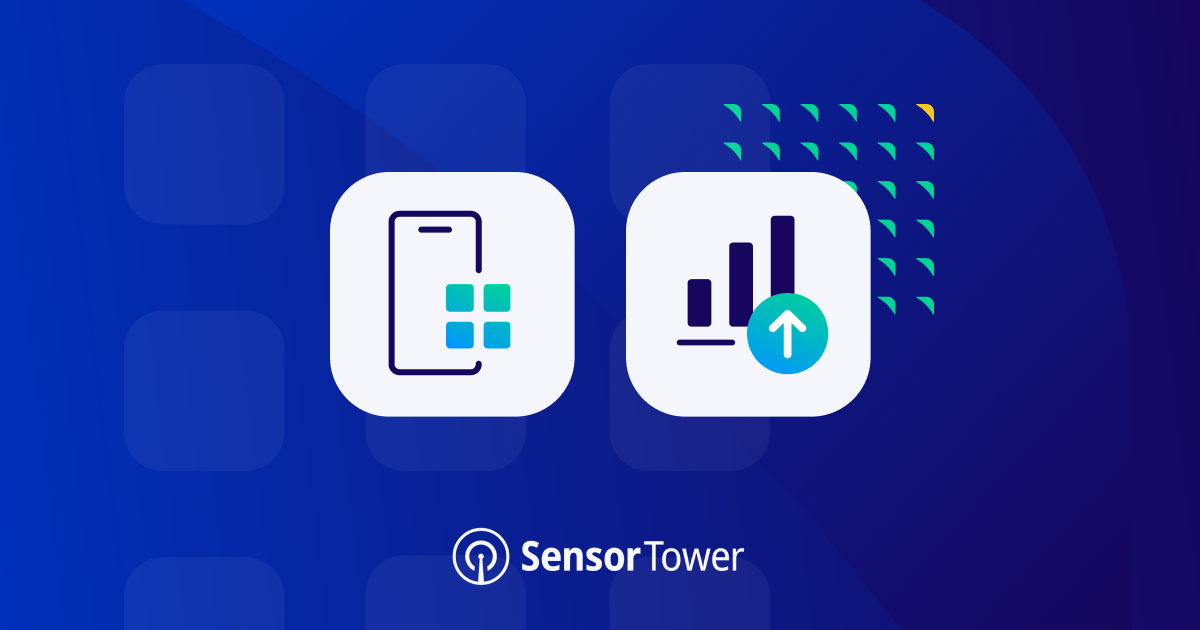It’s no secret that mobile gaming has grown from its original, more casual use-case from the early days of Solitaire and relatively simplified (by today’s standards) Cro-Mag Rally. Games like Genshin Impact and even casual puzzle games like Two Dots and HomeScapes have offered more of a long, in-depth experience.
According to Newzoo’s recent report, gaming is a big part of day-to-day social life and identity, especially for Gen Z where 81% of the age group have played games in the past six months! As with the growth of mobile gaming, social media has become a part of many games as well. As part of our examination of recent trends in mobile games around COVID-19, we’re taking a look at the different social media features in today’s mobile games.
Why Have Mobile Games Become Social?
When playing, mobile gamers like to constantly feel challenged and see how they progress. But beyond the excitement of the game, they also enjoy competing with friends and feeling like a part of a community where they can enjoy, learn and socialize. As mobile games gain more and more users each day, game developers are more aware than ever that they need to integrate more social features into their mobile games.
While this era in mobile gaming is changing, people are craving socialization and have started hanging out in virtual places including social mobile games. Even though the lockdowns are mainly over, people never stopped playing social mobile games. From this perspective, they are not going to stop socializing in mobile games any time soon!
Social Features: The Effects on Mobile
Social features have had multiple positive effects on mobile games, making both players and developers happy. The reason for that is people like to compete, and social features can create a sense of competition, not only for multiplayer games. According to the Mobile Gaming Survey conducted in AdColony’s Inventory, 59% of respondents in the EMEA region state they play mobile games because it is entertaining and fun. Also, 52% of mobile gamers are in a good mood while playing mobile games. Simple social features like leaderboards, inviting friends to the game, and comparing results lead to these positive effects in mobile games.
Besides that, people love to be part of a group. According to Getsocial, players are 2.7 times more likely to keep playing a game because they feel like a part of a community. Usually, these in-game communities consist of players with similar interests and playing styles. Moreover, social features in mobile games can motivate players to stay active in the game, especially if engaging with these features brings them rewards. All these aspects positively impact user retention, and consequently, game revenues.
Mobile Games between Generations
Social features especially boost performance amongst Gen Z, especially by inviting other players to join the game, sharing their accomplishments on social media, and so on.
According to the Newzoo recent report, Gen Z spends more leisure time on games than any other pastime, including TV, movies, and even listening to music.
For Gen Z, gaming today means a lot more than just playing. Socializing, viewing, and community engagement are also huge parts of the pastime. In fact, 71% of Gen Z Gamers watch game-related videos and streams. The gaming content they watch the most is the gameplay, comedic gaming videos, and their favorite streamers.
Gaming is a big part of day-to-day social life and identity for Gen Z. One-third talk about games to their friends and family and a half of Gen Z gamers visit sites or blogs to keep up to date with gaming news and visit the online gaming community sites or social media groups.
In fact, 81% of Gen Z have played games in the past six months. This is the highest share of any generation. The average amount of time that Gen Z gamers spend playing games per week is 7 hours and 20 minutes. A large share of them are willing to spend money as 69% spent money on games on any platform in the last 6 months.
And what’s more, gaming continues to provide new experiences on new platforms. The Metaverse is also creating new opportunities to engage with this generation. Based on research 70% of Gen Z gamers expect to hang out in-game worlds without playing the main game. These data suggest that most generations will embrace the metaverse in some way, shape, or form—but none more than Gen Z!
In conclusion, gaming became a big part of day-to-day social life for many gamers, especially those in Gen Z. If they haven’t already, developers should add or enhance social features in their games keep audiences excited and engaged. Mobile gaming was once just an activity to pass the time and now has become a way to socialize with people around the world.
Join the Conversation
Do you use social features in mobile games? Tweet us @AdColony. For the latest AdColony mobile news and updates, follow @AdColony on Twitter, like us on Facebook, or connect on Linkedin.
- Continuous Growth of Mobile Leads to Impressive Number of Game App Downloads - June 22, 2022
- How to Succeed in the Attention Economy - June 7, 2022
- Father’s Day Shopping Survey 2022 – Highlights from EMEA & LATAM - May 30, 2022



